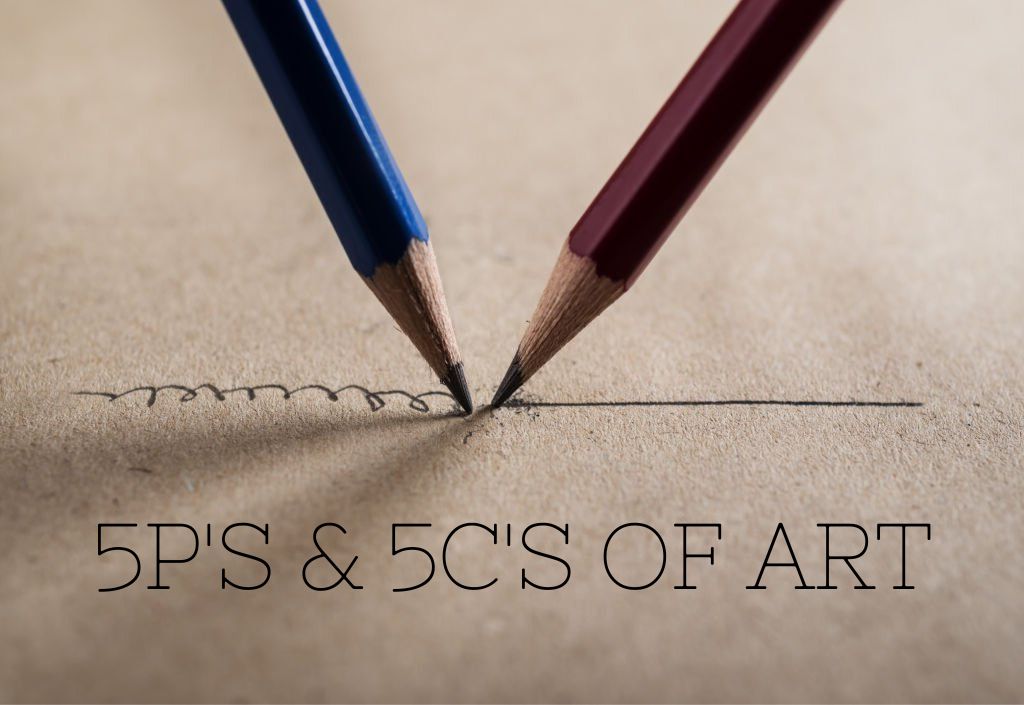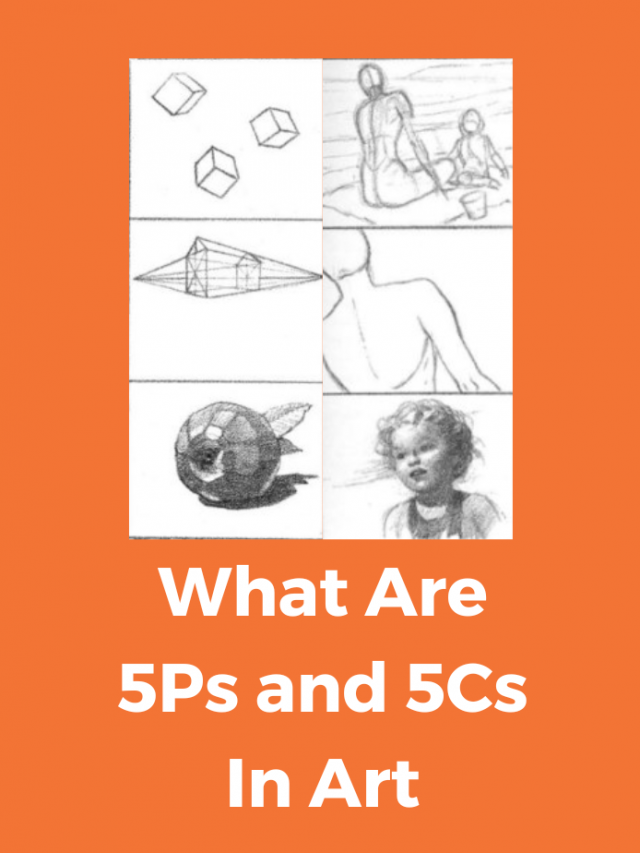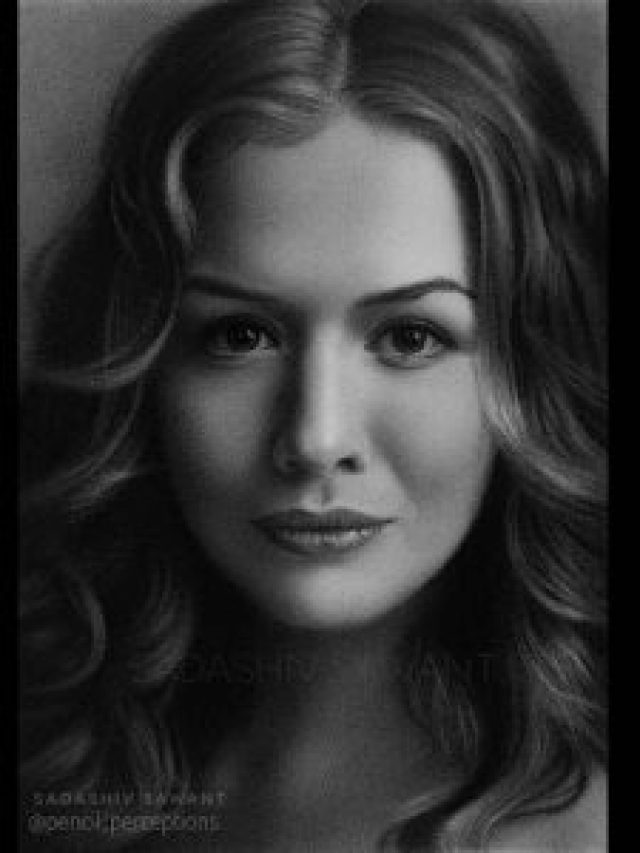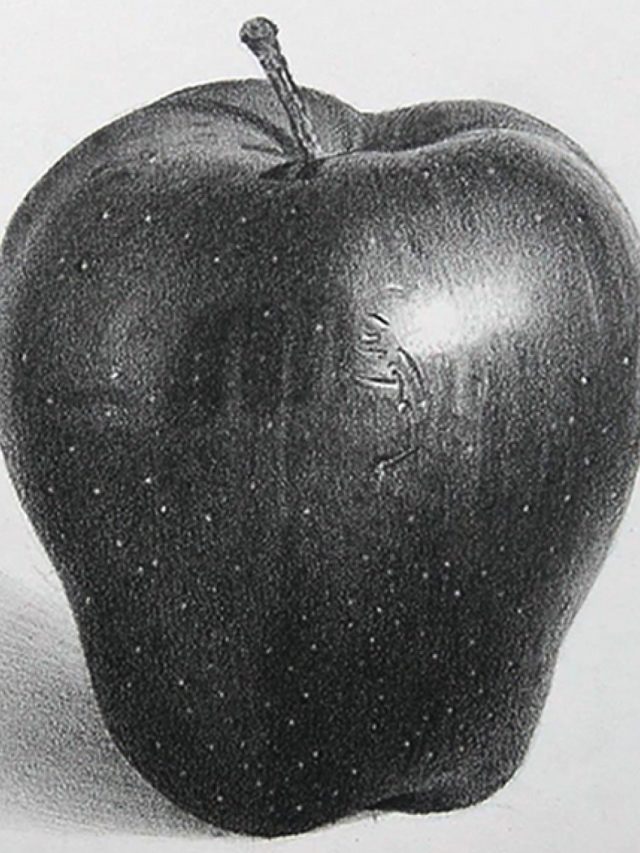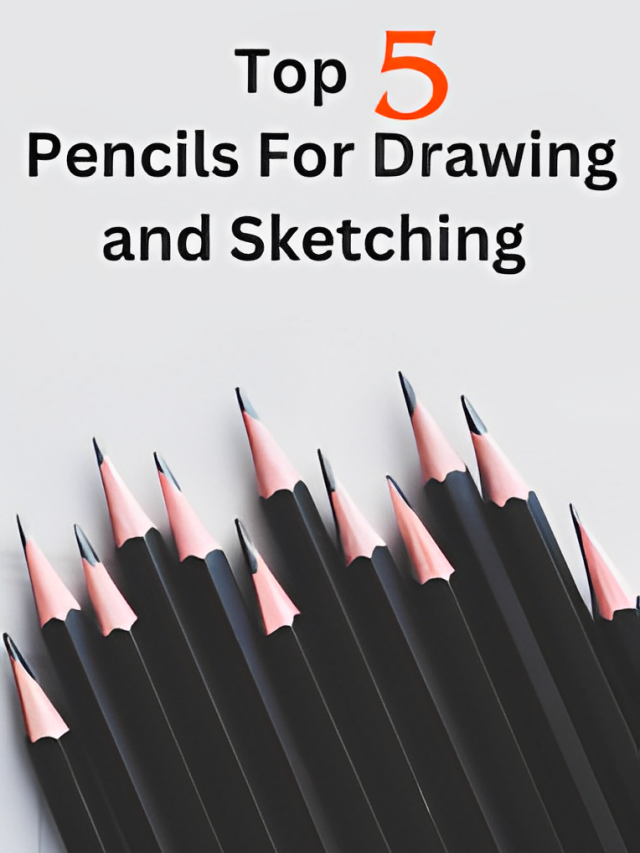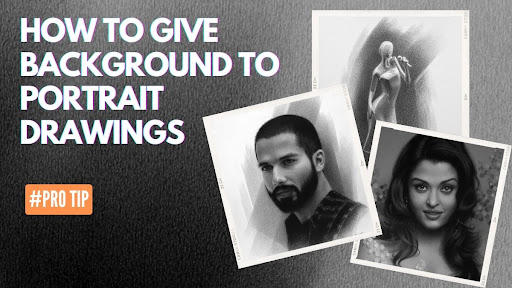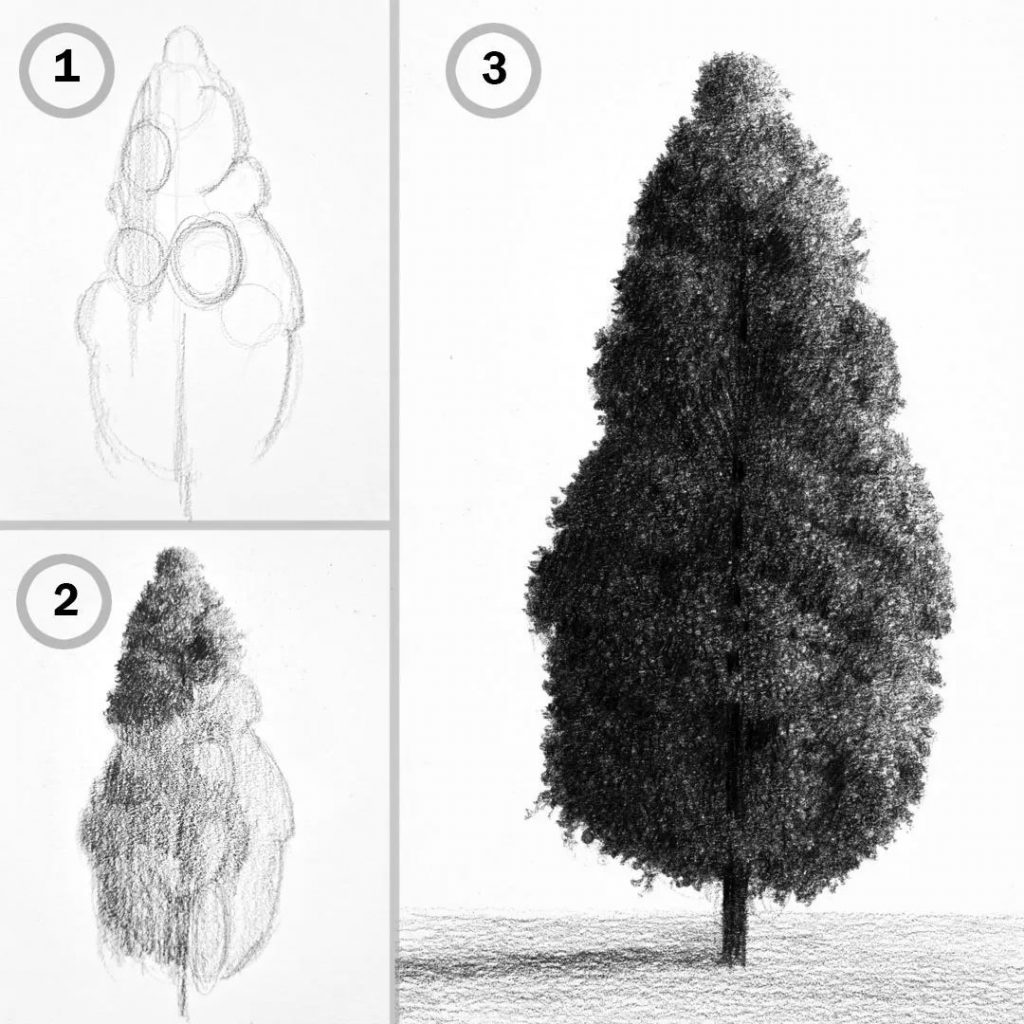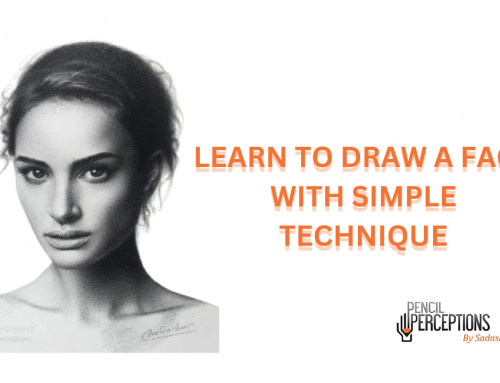5Ps & 5Cs of Art
You might have definitely heard the 5 C’s, and 5 P’s in the context of various fields like marketing, communication, cinematography and many more! Similarly in Art, The legendary artist Andrew Loomis stated the factors of an appealing drawing into the 5C’s and 5 P’s of Art in his book, “Successful Drawing”
In his book, he discusses “intelligent perception,” an interesting concept of ‘vision coordinated with the brain’. It states that the human brain simply knows and defines the elements that attract and the elements that repulse the focus just when it’s looking at something. And, It’s important for artists to be aware of this viewer’s intelligent perception in order to get the intended response on their artwork. These are a few basic elements which make a drawing “successful”. Let’s have a look!
THE FIVE P’S

-
Proportion
The three dimensions! It is the Height, Width and the Volume. Proportions are accurate when these 3 dimensions are accurately defined in the drawing.
-
Placement
Placement basically refers to the position of elements in the drawing. How well you composed the elements for a visual appeal matters!
-
Perspective
It is important to handle the lines alone before getting into complex planes, and tones, which turn out to be meaningless without knowing proportion and perspective! Perspective is the “relationship of viewpoint to subject”.
-
Planes
Surface appearance is defined by light and shadow. Planes help in understanding the wireframe (dimension) of the object and divide them into light and shadow families. This division makes the object appear solid.
-
Pattern
The Last P of the 5P’s is Pattern. Andrew Loomis’ stated pattern is a purposeful arrangement of tones of the subject, specifically to signify the light source and the depth in the scene.
Now, let’s discuss the
THE FIVE C’S
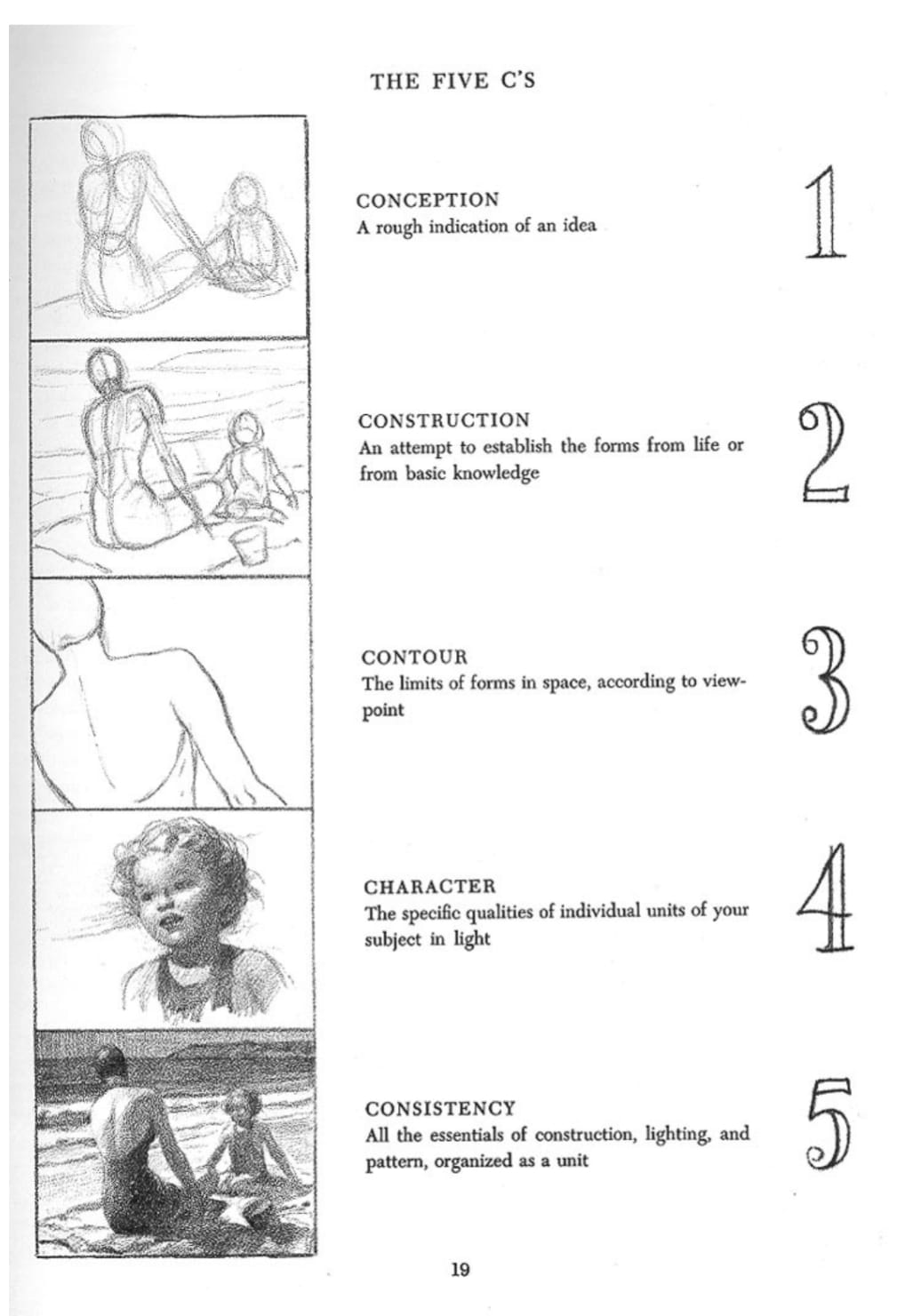
-
Conception
Conception is the inception of the idea as a visual. It is a must habit to sketch miniature thumbnails. It may be tough in the beginning. So the best way to get started is to close your eyes and freeze the visualization in some kind of light and sketch a rough without details.
-
Construction
Construction Is establishing the forms in the conceptions. It can be drawing from life or basic knowledge of the subject.
-
Contour
The limits of forms in space, according to the viewpoint. It is the balancing of elements in the visual. We often succeed well in the above 3C’s but what defines it distinguishing it from other elements are the following C’s, I.e, Character and Consistency.
-
Character
Loomis defines it as “The specific qualities of individual units of your subject in light.” It is formed in a particular place, lighting, in a definite viewpoint with a specific effect. Something that is immediate and noticed at the first glance. It is the emotions, the appearance in the lighting, its medium of depiction, the study of drapery, etc. Unless you aren’t well versed in elements of good drawing, the character cannot be achieved.
-
Consistency
The most Important of All is Consistency. Consistency here doesn’t refer to the regularity of practice, It means “Consistency of Purpose”. Technically, All the Essentials of construction, be it the lighting, proportion, perspective, or surface must unify and be as a single consistent unit. Consistency is recognized by the intelligent perception we possess as artists or laymen. Consistency is the acceptance of the scene as ‘truth’ which is the result of harmony between the technical elements of the 5Ps and C’s of successful drawing.
How to Apply the 5P’s and 5C’s In Your Drawing?
Knowledge without application is meaningless. So let’s know how we can apply this to our drawings. The first thing we need to do is Memorize them. Repeating the names of these elements will help you keep these elements in mind while drawing. It then becomes a subconscious effort. And when we draw, we must look for them and understand what is missing and how it can be improved. This helps us to upgrade our intelligent perception towards the visual and know our failures and points to focus on. We have the best online drawing classes for you. These Sketching Courses are perfect for beginners and people who want to improve their drawing skills. Draw with comfort, and improve your skills with Pencil Perceptions. Join our online sketching course by none other than Sir Sadashiv Sawant.
Personally, when applying the 5 P’s and 5 C’s in drawing, there’s a lot of improvement in freehand drawing from imagination rather than being more into photorealism.
 Skip to content
Skip to content

